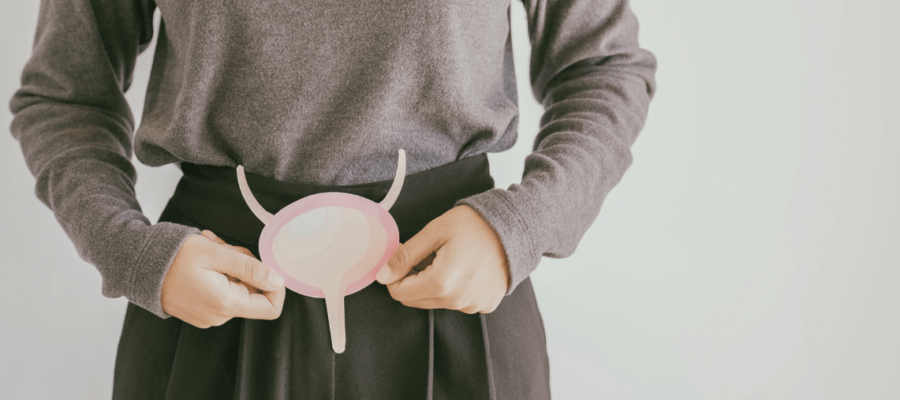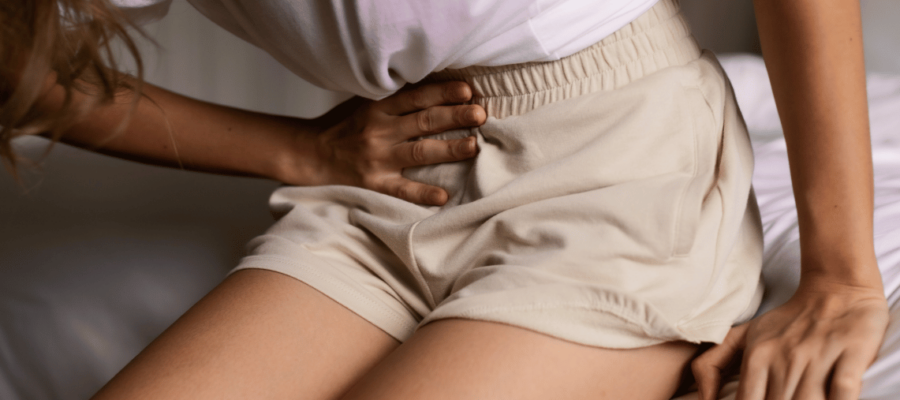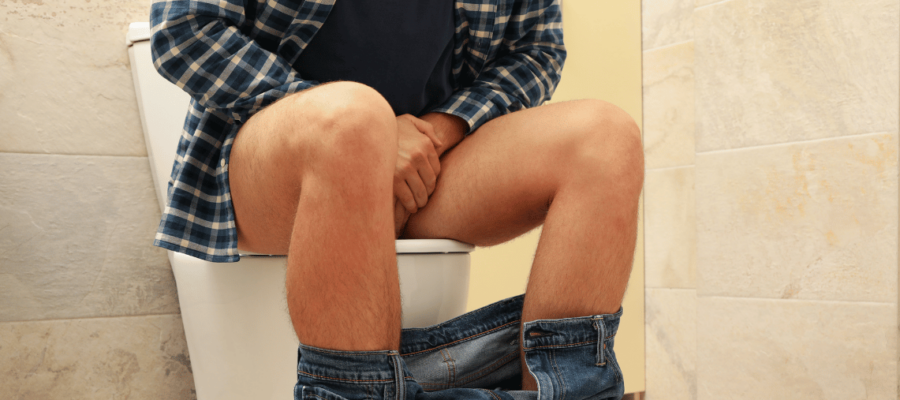Is incontinence only an issue for those over 60? Absolutely not. Incontinence can affect people of all ages, and it’s surprisingly common: 35% of women will experience it at some point. Yet, there’s still a significant stigma surrounding the condition.
This is something several urologists find regrettable. They observe that many women wait years before consulting a doctor. “There are plenty of treatment options,” they said in an interview with us.
What is incontinence?
“Incontinence is the involuntary loss of urine,” A urologist explains. “I compare the bladder to a balloon that fills with urine throughout the day. Your kidneys are constantly working to produce urine, 24/7. To prevent leakage, the ‘spout’ remains closed. If it doesn’t, leakage occurs.”
There are two types: urgency incontinence and stress incontinence. “People with urgency incontinence can’t resist the urge to urinate. Once the signal to urinate is triggered, the body responds reflexively, making it impossible to stop the bladder. This is common and affects men too.”
Stress incontinence
Stress incontinence is more common in women, often due to childbirth. “Pressure on the abdomen causes the ‘spout’ of the balloon to open, leading to urine leakage without any urge to urinate. Women often experience this during activities like exercise, jumping, coughing, or sneezing.”
For men, stress incontinence can occur after prostate cancer treatment. “It’s more widely recognized in men, with more media attention and greater awareness among healthcare providers. Men are routinely asked about it after surgery, whereas women tend to seek help on their own.”
He emphasizes that women are often told that incontinence is something they must learn to live with, but that’s not true. “It’s important for healthcare providers to be proactive and discuss the possibility of postpartum leakage so that women feel comfortable addressing it.”
Age and incontinence
While incontinence is commonly associated with older adults, it also affects children, especially in the form of urgency incontinence or stress incontinence caused by laughter. “Although the stigma remains, children often confide in their parents, who then seek medical help. It affects all ages, though the likelihood increases with age,” says the urologist.
The biggest risk factors are pregnancy and childbirth, but genetics also play a role. “Strong connective tissue is beneficial, but those prone to vaginal prolapse are also more likely to experience incontinence. Weight and other factors can contribute as well.”
The impact of incontinence
He sees many women in his office who have waited too long to seek help. “We often hear, ‘I should have done this ten years ago.’ It’s frustrating because incontinence isn’t something you just have to accept.”
Many women limit their fluid intake to prevent leakage, but the urologist warns that this can worsen the situation. “Dehydration concentrates urine, which irritates the bladder lining, making the condition worse. Additionally, many women visit the restroom frequently to avoid accidents, but this doesn’t solve the problem.”
Incontinence can have a huge impact on daily life. “In severe cases, women may leak as much as half a liter to a liter of urine a day. After treatment, they realize how much of their life revolved around hiding the condition and worrying about others noticing.”
What can be done?
Women with stress incontinence can try pelvic floor exercises, he advises. “You can find these exercises online, and they’re safe to try during or after pregnancy. Many women may not even need to see a doctor as these exercises can often resolve the issue.”
However, if the exercises don’t help, it’s time to see a pelvic floor therapist. “In some cases, the muscles are too tense, and incorrect exercises can make the problem worse. A therapist can guide you to the right approach.”
Surgical options
If pelvic floor exercises aren’t effective, there are several other treatments available. One of the most common is the placement of a small sling under the urethra, made from synthetic or natural tissue. “This provides support, and in 90% of cases, it works well.”
If this doesn’t help, there are other options such as bulking agents or Botox injections into the bladder wall for urgency incontinence. These treatments have a high success rate, with about 80% of women reporting improvement.
Innovative treatments
Recently, sphincter prostheses have also become available for severe stress incontinence. “This treatment has been more common abroad, but it’s now offered in several centers worldwide. We usually recommend other options first, as the prosthesis needs to be replaced every 10 to 15 years, which is why we try to delay it for younger women.”
Breaking the taboo
The urologist finds his work very rewarding. “Even if we can’t completely cure incontinence, we can significantly improve the quality of life for those affected. That makes a real difference.”
He hopes that more people will begin to talk openly about incontinence. “Women suffering from it should speak to their doctor. Healthcare professionals also need to ask about it more proactively, much like how men are routinely asked about urinary issues after prostate surgery.”
Finally, the urologist encourages the use of incontinence products like Dailee pads and slips, which can provide discreet protection and comfort while undergoing treatment. “Knowing that there are effective solutions out there will empower people to seek help sooner.”
















